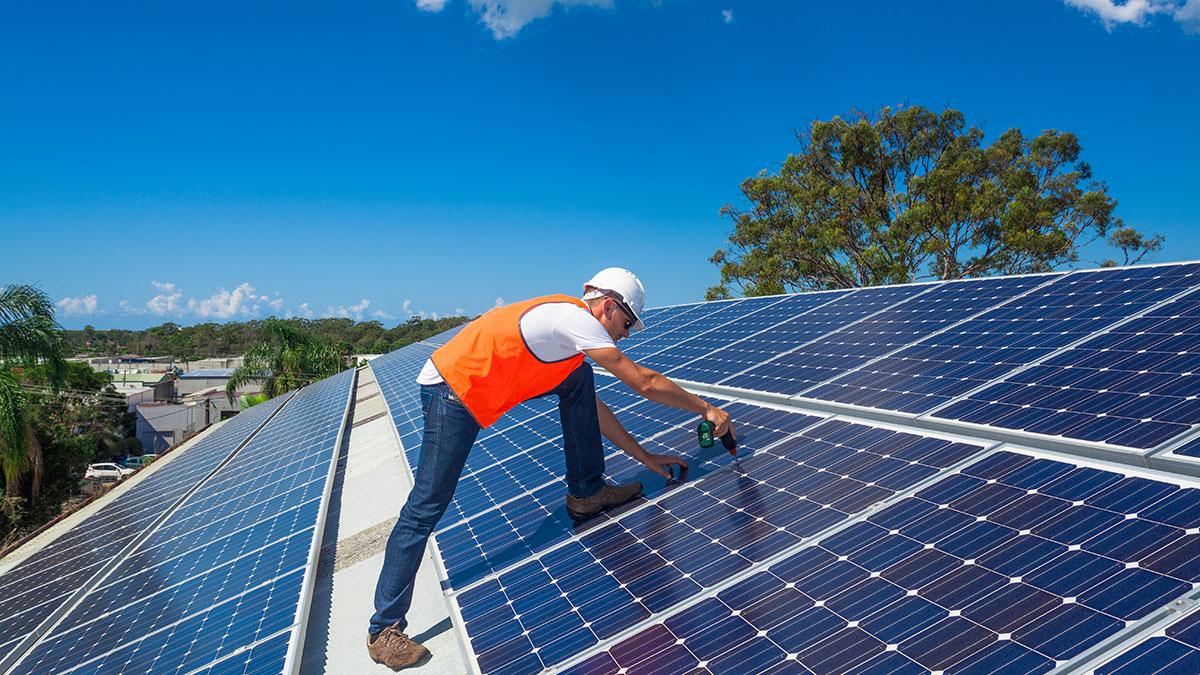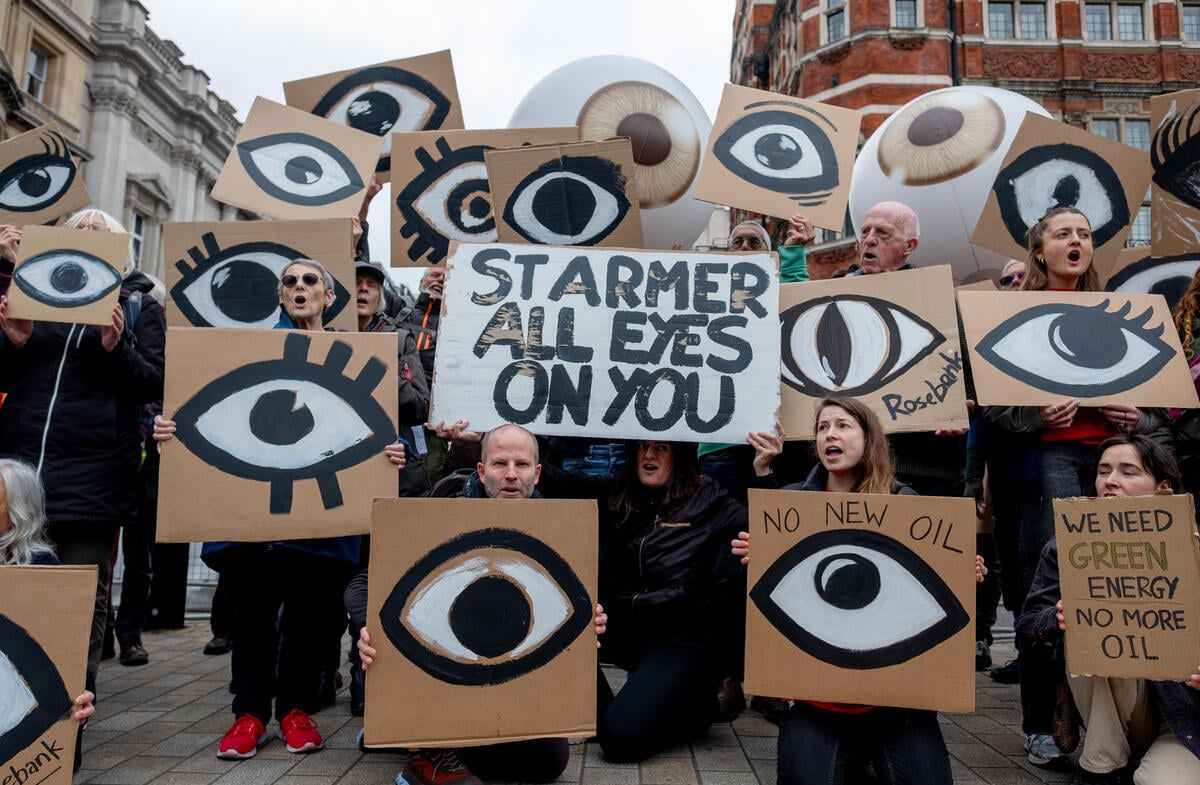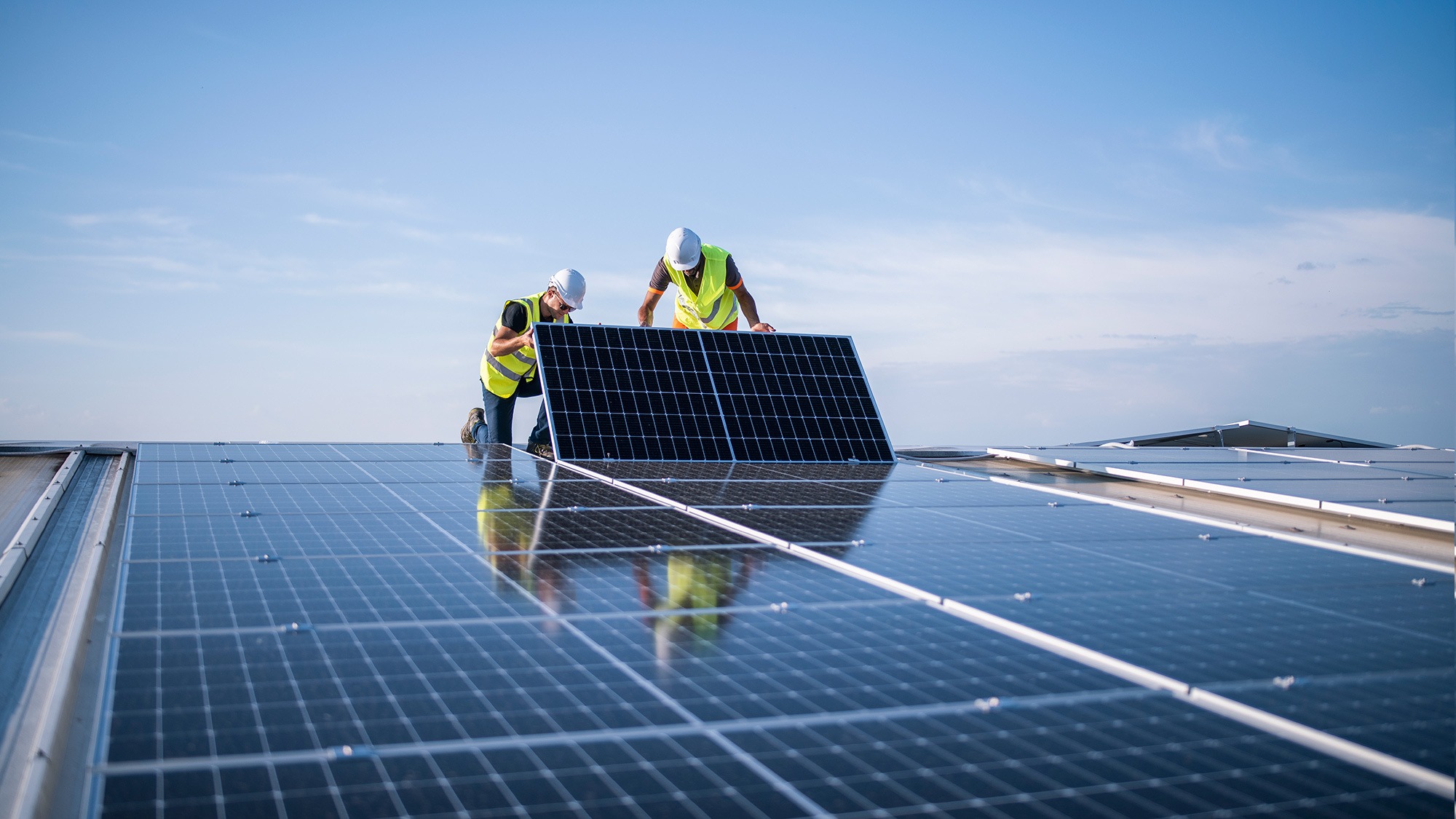North America contains two of the largest economies in the world, yet the Netherlands – which isn’t even in the top 10 – has at least nine times more solar homes than the US and Canada. What’s holding back solar adoption? There’s clearly something wrong here.
Millions of homes in the US enjoy perfect weather conditions for solar panels, and rural Canadians would surely love to reduce their reliance on the grid, and large, profitable rooftops are common across the continent. Not to mention, of course, that solar panels can cut emissions, reduce pollution, and lessen the disastrous effects of climate change, which is appealing to many in both nations.
If countries like Sweden – which extends into the Arctic Circle – can go solar in higher numbers than the US and Canada, these two global powerhouses’ solar policies have clearly fallen short.
Fortunately, we’re here to explain the context, the reasons why North American homes aren’t taking full advantage of solar technology, and the best ways to fix this issue.
Solar Panel Uptake In North America Compare To Western Europe
According to an analysis by Sunsave, a UK solar subscription provider, solar panel adoption in the US and Canada is significantly lower than it is in western European countries. Only 4.9% of homes in the US have gone solar, and a tiny 0.5% of Canadian households have joined them. These are tiny percentages when compared with the Netherlands, where 34.2% of homes are solar-powered, and Belgium, which has reached 32.5%.
In total, nine European nations have a higher proportion of solar homes than the US and Canada. And while these European percentages obviously represent lower overall numbers of homes than they would in the US, they’re still substantial.
Together, Germany and the Netherlands have 36% more solar households than the whole of North America, despite the US and Canada containing around 100 million more homes.
Both North American countries are also losing out to Italy, the UK, and Sweden – while Canada is behind Spain, Ireland, France, Switzerland, and Norway as well. In purely climate terms, this is surprising. Canada receives a similar amount of daylight as Europe, while huge swathes of the US are gloriously sunny, with large, detached homes that can fit dozens of solar panels.
| Country | Solar penetration rate |
| Netherlands | 34.2% |
| Germany | 9.8% |
| Italy | 6.1% |
| UK | 5.3% |
| Sweden | 4.6% |
| US | 3.8% |
| Spain | 2.2% |
| Ireland | 2% |
| France | 1.4% |
| Switzerland | 1.3% |
| Norway | 1% |
| Canada | 0.5% |
Source: Sunsave
Are Any Parts Of North America Succeeding?
While the US’s overall numbers aren’t great, some states have gone solar at impressively high rates.
In Hawaii, 24.4% of single detached homes have installed solar panels, six times higher than the national average. In California, 15.2% of homes have solar and in other sunny states, Arizona and Nevada both have reach 11% installation rates, but it’s not all about sunlight
Solar adoption is also soaring in New England, despite its cloudy reputation – and more than 7.5% of homes in Massachusetts, New Jersey, Maryland, and Connecticut have gone solar, higher rates than the UK, which has a similar climate.
The History Of Solar Popularity in North America
Solar began appearing on North American rooftops in the 2010s, but it wasn’t until the 2020s that the technology’s popularity began to truly take off.
From 2015 to 2019, the number of solar homes in the US grew steadily, adding around 2,200 megawatts (MW) of capacity per year, on average. The solar growth rate has doubled in recent years. From 2020 to 2024, an average of 4,400MW of solar panels has been added to residential roofs each year. In fact, 61% of domestic US solar capacity has been installed since 2020, largely thanks to the Inflation Reduction Act, which provides generous investment and production tax credits.
The Solar Energy Industries Association, has called the IRA “the most transformational clean energy policy in history.” However, a dip in 2024 suggests this rapid growth may be slowing down.
Canada’s solar market has also finally started to grow after more than a decade of inconsistent, patchy progress. The country added a national record-breaking 478MW of grid-connected, distributed solar capacity in 2023. This unprecedented leap in residential and commercial solar installations—a boost of 37% from the previous year—shows that Canada could at last be moving in the right direction.
However, previous installation peaks in 2014 and 2018 failed to kickstart long-term growth, so it remains to be seen whether this solar adoption rates will persist.
Why Is Solar Uptake Lower In North America?
The main reason why solar uptake is lower in the US is cost. Residential customers pay $3.30 (£2.50) per watt in the States, according to the Solar Energy Industries Association (SEIA). That means, for example, that a 7 kilowatt-peak (kWp) system would cost $23,100 (£17,400) in the US, on average, before accounting for any tax credits or rebates. In the UK, the cost of a similar household solar system is around £12,500, according to Sunsave data – around 28% cheaper. And that’s without any government incentives.
Depending on which US state you live in, you may be able to get thousands of dollars back in tax credits and rebates, export sales, generation payments, and sales, property, and use tax exemptions. But many households across the country still don’t have the money needed to pay upfront for a solar installation that can easily cost $20,000, $30,000, or more.
Households in Canada spend 3.34 Canadian dollars (£1.81) per watt to go solar, on average – which is significantly less than their American neighbours, even before you take the exchange rate into account. The national government offers interest-free loans up to $40,000 (£21,600) that can be paid back over 10 years, and provinces offer a similar tax credits and incentives as states in the US.
Despite this, homes in the Great White North have thus far failed to go solar in sizable numbers – largely because of public perception. There’s a widespread idea that the country is too dark and snowy to benefit solar panel owners, and a lack of any cultural movement to upend this false idea.
With hydroelectricity generating 62% of Canada’s electricity and fossil fuels producing just 18%, authorities also have less motivation to encourage a shift to solar. The electricity supply is already largely decarbonised, although hydroelectric dams have significant environmental downsides, so Canadians feel free to focus on other areas of sustainability.
How can North America raise its low solar adoption rate?
With just a bit more funding, time, and effort, the US and Canada can empower millions more to cut their energy costs in a sustainable way. Planning permission rules must be eased to enable households to go solar like they can in the UK, where the bureaucratic barriers have been almost entirely removed.
Once the panels are up, solar homes should be paid a fair price for any electricity they sell to the grid. This would allow you to maximise your roof space, create more renewable electricity, and save more money. Several states, such as Massachusetts, Florida, and Ohio already offer this type of compensation, but rates are declining. State and provincial governments across the continent need to enthusiastically adopt sell-back policies to make the desired impact.
National and local governments should also launch a series of public campaigns to change the culture around solar, highlighting the many ways it can help your home and country. You can see this at work in the UK right now, as Great British Energy moves to install solar panels on hundreds of hospitals and schools, then reinvest the savings in those sectors.
Italy’s Superbonus paid back 110% of the cost of solar installations when it launched in 2020, which was enormously successful in encouraging more than 500,000 buildings to go solar, but the policy was scrapped in February 2023 after costing the state €219 billion (£184 billion).
Some companies, including Sunsave, where I work, have tried to help people with the cost barrier by offering a ‘solar subscription’. This involves getting solar panels installed on your roof with no upfront cost, and instead making fixed monthly payments. Most subscriptions also come with some form of maintenance package, to ensure that your system stays in working order.
Sunsave offers the UK’s first solar subscription and has been backed by the UK government via the Green Homes Finance Accelerator, with the aim to improve nationwide access to solar and ensure a fair Net Zero transition that doesn’t exclude lower income households.
German solar subscription provider Enpal – founded in 2017 – has received significant funding and support from various government-related entities, including the European Investment Bank (EIB) and the European Investment Fund (EIF). It more than doubled its revenue in 2023 compared to 2022, and again continues to grow.
Spanish solar subscription provider SolarMente, which was founded in 2020, landed a record-breaking €50 million investment in 2023, and also has financial backing from prominent climate activist Leonardo DiCaprio.
And Norwegian company Otovo is offering solar subscriptions across a large swathe of western Europe, including Norway, Sweden, Portugal, Poland, and Italy.
Why Going Solar Matters
It’s crucial that households all over North America, Europe, and the rest of the world go solar, both from a financial and an environmental perspective. A solar-and-battery system can significantly cut your energy bills straight away, and save tens of thousands of dollars over its lifespan.
You can even use solar panels to cut your heating and driving costs. As electric cars and heat pumps become more common across the globe, having a natural power source for these products should boost your home’s value and saleability. You also won’t be as vulnerable to sudden energy price increases, meaning geopolitical instability won’t hit you as hard. We could all do with some stability, especially if it comes with lower bills.
But the major barrier is cost. If everyone could afford to go solar, households could worry less about their energy bills, be more energy independent, and cut their emissions.
About the Author
Josh Jackman is lead writer and researcher at Sunsave, the UK’s first solar subscription company, and has written about the rapid rise of home solar for the past six years. His work has been featured in United Nations and World Health Organisation documents, as well as publications including The Eco Experts, Financial Times, The Independent, The Telegraph, The Times, The Sun, and The Daily Express.
Source link
Earth911 earth911.com



